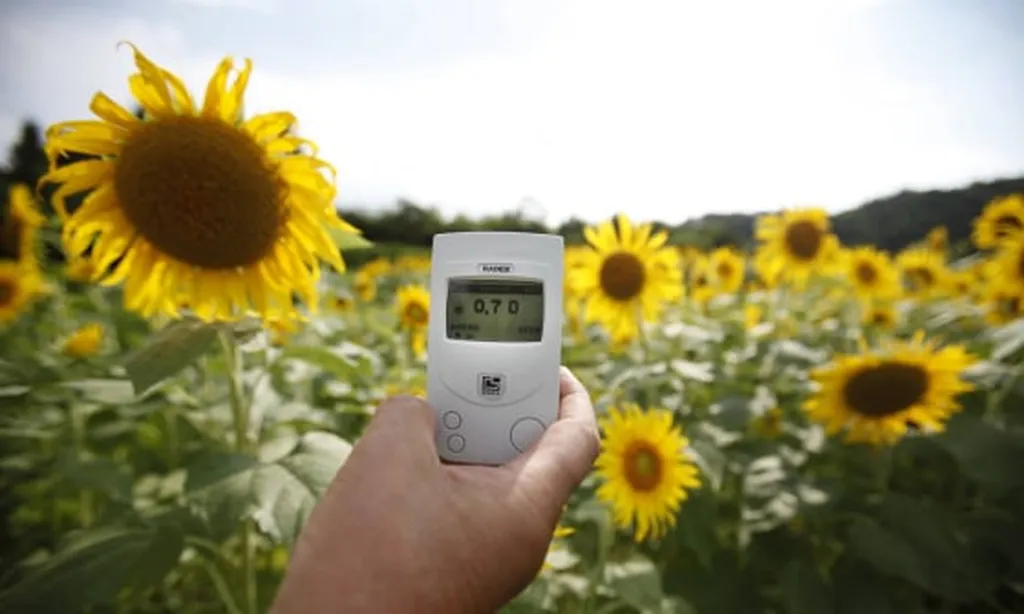In the heart of China’s Heilongjiang province, researchers have uncovered a promising new ally in the fight against one of agriculture’s most notorious foes: sclerotinia rot. This disease, caused by the pathogen Sclerotinia sclerotiorum, wreaks havoc on sunflower crops worldwide, posing a significant threat to both food security and the burgeoning bioenergy sector that relies on sunflower oil for biodiesel production.
At the forefront of this discovery is Zhiming Liu, a researcher at the College of Horticulture and Landscape Architecture, Northeast Agricultural University in Harbin. Liu and his team have identified a novel strain of Streptomyces bacteria, dubbed Streptomyces ahygroscopicus var. gongzhulingensis 769 (S769), which shows remarkable potential as a biocontrol agent against sclerotinia rot.
In a study published in *Frontiers in Plant Science* (which translates to “Frontiers in Plant Science” in English), Liu and his colleagues demonstrated that S769 can inhibit the growth of Sclerotinia sclerotiorum by up to 65.79% in laboratory settings. But the real promise lies in the field trials, where S769 proved its mettle. “We saw a significant reduction in disease incidence, with treated plots showing only 7.36% to 5.92% disease incidence compared to 14.69% in the control plots,” Liu explains. This translates to a substantial increase in root fresh weight and a notable decrease in shriveled seeds, which could have significant implications for crop yield and quality.
The team’s investigations didn’t stop at mere observation. They delved deep into the mechanisms behind S769’s efficacy. Through a combination of enzyme activity assays, microbiome profiling, and root transcriptomics, they uncovered a dual-action approach. S769 not only directly inhibits the pathogen but also activates the plant’s defense mechanisms. “We found that S769 enriches beneficial rhizobacteria like Sphingomonas and Chitinophagaceae without altering the overall microbial diversity,” Liu notes. This is a crucial finding, as it suggests that S769 could be a sustainable and eco-friendly solution for managing sclerotinia rot.
The implications of this research extend far beyond the sunflower fields. As the world increasingly turns to bioenergy sources, the demand for oilseed crops like sunflowers is on the rise. A robust and sustainable solution to sclerotinia rot could significantly bolster the bioenergy sector, ensuring a steady supply of feedstock for biodiesel production.
Moreover, the insights gained from this study could pave the way for future developments in biocontrol strategies. The dual-action mechanism observed in S769 offers a blueprint for developing more effective and sustainable agricultural solutions. As Liu and his team continue to unravel the complexities of this fascinating bacterium, the future of sunflower farming—and perhaps the broader agricultural landscape—looks a little brighter.

